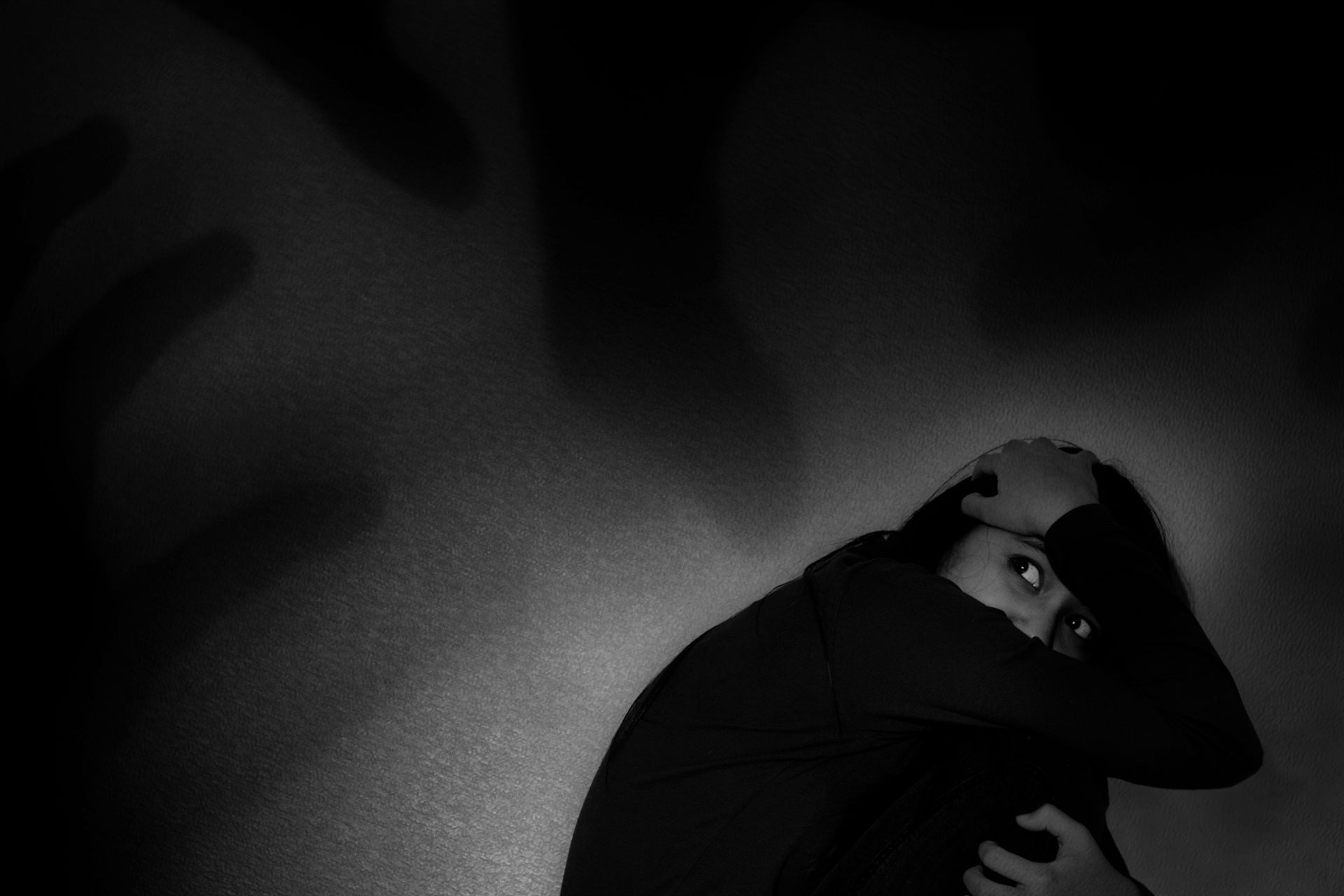
In this process, the patient is presented with the CS without the presence of the US and after multiple presentations will demonstrate a decrease in the conditioned fear response, known as “extinction learning”. Fear-extinction training is the process through which conditioned fear responses decrease or are inhibited.

Within this paradigm, a neutral stimulus, or conditioned stimulus (CS), is repeatedly paired with an innately aversive unconditioned stimulus (US), causing the subject to demonstrate conditioned fear responses to the previously neutral CS. Pavlovian fear-conditioning models have been used to understand, behaviorally and neurobiologically, how fear responses are acquired (i.e., fear acquisition) and inhibited (i.e., fear extinction). The focus of the current article is to provide an overview of extinction training and anxiety disorder treatment, present the advantages provided by VR applications within extinction learning and anxiety disorder treatment, and review the extant literature regarding the effectiveness of VR approaches to the treatment of specific phobias and PTSD.Īnxiety disorders, characterized by pathological fear and anxiety, account for 14.6% of disability-adjusted life years globally, indicating that these disorders have a significant disease burden. The bulk of the VR applications within psychiatric treatment have been for anxiety disorders, particularly specific phobias and post-traumatic stress disorder (PTSD), given several advantages that VR provides for use within treatment for these disorders. VR applications have been developed for use within psychiatric treatment for many different disorders. Users often wear headphones for auditory stimuli, and in some environments users may have a sensory pointing device or joystick to interact with the virtual environment. This allows the user’s orientation in the virtual world to change naturally based on head and body movements, which provides users with a sense of presence and immersion within the virtual environment. Users are outfitted with a head-mounted display composed of separate displays screens for each eye along with a head-tracking device. Virtual reality (VR), a term first coined by Jaron Lamier in 1986, refers to an advanced technological communication interface in which the user is actively participating in a computer generated 3-dimensional (3D) virtual world that includes computer sensory input devices used to simulate real-world interactive experiences. The present review will provide an overview of extinction training and anxiety disorder treatment, advantages for using VR within extinction training, a review of the literature regarding the effectiveness of VR within exposure therapy for specific phobias and post-traumatic stress disorder, and limitations and future directions of the extant empirical literature.

Exposure therapy for anxiety disorder is grounded in fear-conditioning models, in which extinction learning involves the process through which conditioned fear responses decrease or are inhibited.

VR has been used within psychiatric treatment for anxiety disorders, particularly specific phobias and post-traumatic stress disorder, given several advantages that VR provides for use within treatment for these disorders. Virtual reality (VR) refers to an advanced technological communication interface in which the user is actively participating in a computer-generated 3-dimensional virtual world that includes computer sensory input devices used to simulate real-world interactive experiences.


 0 kommentar(er)
0 kommentar(er)
